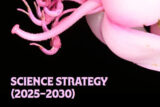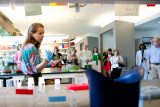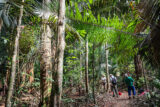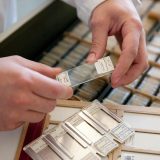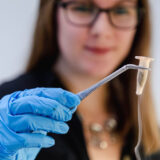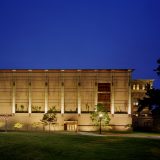The New York Botanical Garden (NYBG) Science Strategy outlines a bold and forward-thinking vision for advancing botanical research, conservation, and innovation through world-class science and cross-disciplinary collaboration. Built on a legacy of scientific excellence, this strategy aligns with global biodiversity frameworks and NYBG’s 2025–2030 Institutional Strategic Plan, ensuring its leadership in addressing pressing environmental and societal challenges.
A key feature of this strategy is the introduction of three Cross-Cutting Initiatives that position NYBG as a pioneer in integrative research. These initiatives—Plants for Climate Resilience, Food Plants: A Global Conservation Priority, and Artificial Intelligence: Unlocking the Power of Plants and Fungi—transcend traditional research boundaries and engage multiple disciplines to maximize impact. By embracing nature-based solutions, food security, and AI-driven research, NYBG is leading transformative efforts that contribute to conservation, sustainability, and scientific discovery on a global scale.
At the core of NYBG’s scientific mission are three interconnected pillars: Exploring Biodiversity, Conserving Nature and Knowledge, and Engaging Audiences. NYBG scientists conduct extensive fieldwork and cutting-edge research, from molecular analyses to ecosystem studies, to document plant and fungal diversity, reconstruct evolutionary histories, and develop innovative scientific tools. Through science-based conservation and land management, we work to protect endangered species, restore ecosystems, and preserve traditional ecological knowledge, ensuring a sustainable future. Additionally, by fostering partnerships, engaging local and global communities, and promoting scientific literacy, NYBG empowers individuals and institutions to become advocates for biodiversity and environmental sustainability.

